Why Headless CMS is the Best Solution for Omnichannel Retail Strategies

Introduction
In 2025, retail isn’t just about having a great website or a smooth mobile shopping experience—it’s about creating a seamless, unified experience across all customer touchpoints. Whether customers are browsing a website, using a mobile app, interacting with a smart kiosk, or engaging via social media, they expect consistent branding, real-time product updates, and personalized content.
However, many retailers struggle with managing content across multiple platforms. Traditional content management systems (CMS) weren’t designed for omnichannel retail, leading to inconsistencies, slow content updates, and rigid workflows. This is where headless CMS solutions come in, allowing retailers to manage and distribute content efficiently across all channels from a single platform.
We’ll explore in this blog today the challenges of omnichannel retail content management, why traditional CMS platforms fall short, and how headless CMS solutions like Orbitype can help retailers streamline their content strategy for a seamless omnichannel experience.
The Problem: Challenges in Omnichannel Retail Content Management
As customers expect frictionless shopping experiences across multiple platforms, retailers face several key challenges when managing content.
1. Inconsistent Branding Across Platforms
When retailers use separate content management systems for websites, mobile apps, in-store screens, and social media, maintaining a consistent brand identity becomes difficult. A product update made on the website may not be reflected in a mobile app or in-store display, leading to confusion for customers.
2. Slow Content Updates Across Channels
Traditional CMS platforms often require manual updates for each channel, slowing down marketing campaigns and product launches. This delay can lead to outdated content, missed opportunities, and poor customer experiences.
3. Limited Flexibility for Content Distribution
Legacy CMS platforms were built for websites, not for modern, multi-platform content delivery. Many systems lock content into a specific format, making it difficult to repurpose and reuse across different digital touchpoints.
4. Lack of Scalability for Growing Retailers
As businesses scale, they need a CMS that can handle high traffic, integrate with multiple systems (e.g., CRM, eCommerce, inventory management), and push content globally. Many traditional CMS platforms struggle to handle these demands, leading to performance bottlenecks.
These issues make it clear: retailers need a modern solution that allows them to manage content efficiently, flexibly, and at scale—and this is exactly what a headless CMS offers.
The Solution: How Headless CMS Powers Omnichannel Retail
A headless CMS is a content-first system that stores and delivers content via APIs, meaning it can send product descriptions, promotions, and images to any device or platform without being tied to a specific frontend.
This decoupled architecture is the perfect solution for omnichannel retail, offering:
Centralized content management for all platforms.
Faster content updates across multiple channels.
Seamless integrations with eCommerce platforms, CRM, and AI-driven personalization tools.
Scalability for high-traffic retail businesses.
Let’s dive deeper into the key benefits of using a headless CMS for omnichannel retail.
1. Consistent Branding Across All Touchpoints
A headless CMS ensures that all your content—product details, promotional banners, blog posts, and even UI elements—stay consistent across websites, mobile apps, social media, kiosks, and smart displays.
For example, if a retailer updates a product description in the headless CMS, that change is instantly reflected across all channels. This eliminates content duplication and inconsistencies, creating a seamless brand experience.
Example:
A customer sees a promotion on Instagram and clicks through to the website.
The same offer appears on their mobile app and in-store kiosk when they visit.
At checkout, they receive a personalized recommendation based on their browsing history.
With a headless CMS, retailers can synchronize their messaging across all channels effortlessly.
2. Faster Content Updates for Agile Marketing
Retailers need the ability to launch flash sales, seasonal campaigns, and real-time product updates instantly across multiple platforms.
With a traditional CMS, content teams often manually update each channel, wasting valuable time. A headless CMS, however, allows teams to update content once and distribute it everywhere via APIs.
Example:
A retailer wants to announce a limited-time sale.
With a headless CMS, they update the sale banner once, and it automatically appears on the website, mobile app, digital signage, and email campaigns.
No manual edits needed, saving hours of work and ensuring a timely promotion.
3. Personalized & AI-Driven Customer Experiences
Today’s customers expect personalized shopping experiences—from product recommendations to targeted offers based on browsing history.
A headless CMS allows retailers to integrate AI-powered personalization tools to dynamically deliver tailored content to each customer.
Example:
A returning customer sees a homepage banner featuring products based on their past purchases.
The mobile app pushes a personalized discount notification just before they leave the store.
In-store kiosks display curated product recommendations when they scan a QR code.
With headless CMS, retailers can deliver hyper-personalized experiences at scale.
4. Future-Proof Retail Strategy for Growth
Retail technology is constantly evolving. New platforms like voice commerce, augmented reality (AR), and IoT-enabled shopping experiences are becoming mainstream.
A headless CMS allows retailers to adopt new technologies effortlessly by delivering content through APIs to any future device or platform.
Example:
A retailer wants to integrate AR shopping experiences where customers can “try on” clothes virtually.
Instead of rebuilding their CMS, they simply connect their headless CMS via APIs to deliver product images, descriptions, and recommendations to the AR system.
With a headless CMS like Orbitype, retailers can future-proof their digital experiences without being locked into a rigid system.
To make the most of omnichannel content, structuring your content properly is crucial. Learn how to optimize your content structure in our guide on Content Modeling in Headless CMS.
Why Retailers Choose Orbitype as Their Headless CMS
Many retailers are switching to Orbitype for its scalability, flexibility, and developer-friendly features.
Key Features of Orbitype for Omnichannel Retail:
API-Driven Content Management – Push content seamlessly across web, mobile, social media, and digital displays.
eCommerce & CRM Integration – Works with platforms like Shopify, Magento, Salesforce, and more.
AI-Powered Personalization – Deliver dynamic, targeted content for each customer.
Scalable & Performance-Optimized – Handle high-traffic retail environments with ease.
For retailers looking to streamline content management and enhance the customer experience, Orbitype is the perfect solution.
Choosing the right front-end framework for your Headless CMS can greatly impact performance and scalability. Compare Next.js vs Gatsby for Headless CMS integration to determine the best fit for your retail platform.
Try Orbitype for FREE!
Conclusion
Retailers can no longer afford disconnected content management systems that slow down updates and create inconsistent branding. A headless CMS like Orbitype empowers retailers to manage all content from a single platform, ensuring a seamless omnichannel experience across web, mobile, social media, in-store displays, and beyond.
By switching to a headless CMS, retailers can deliver real-time updates, improve personalization, scale effortlessly, and future-proof their content strategy.
Read more
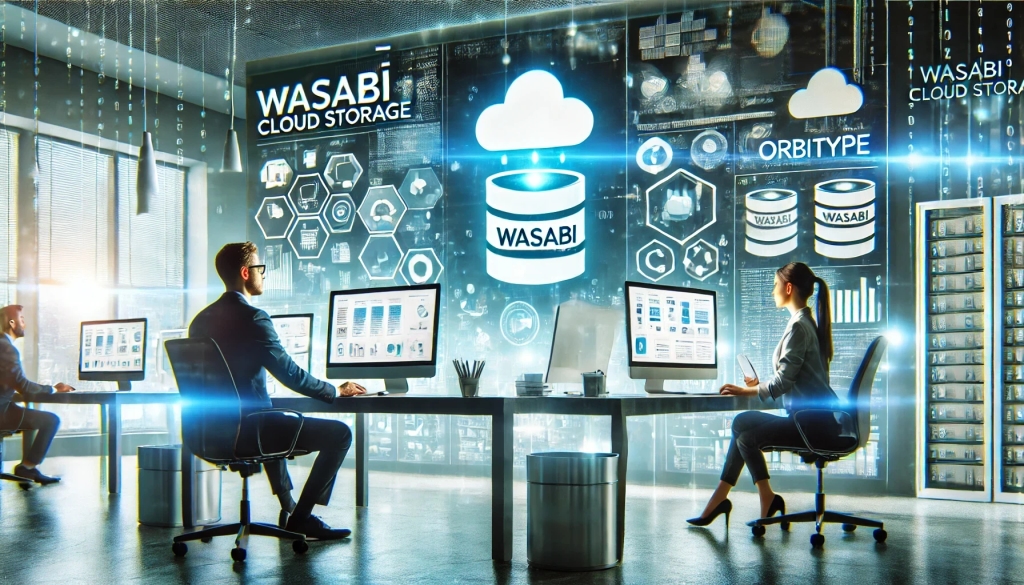
Seamless Data Management: Integrating Wasabi Cloud Storage with Orbitype
Boost your CMS performance with Wasabi Cloud Storage and Orbitype integration. Learn how this cost-effective, scalable solution enhances data management and delivers exceptional results.
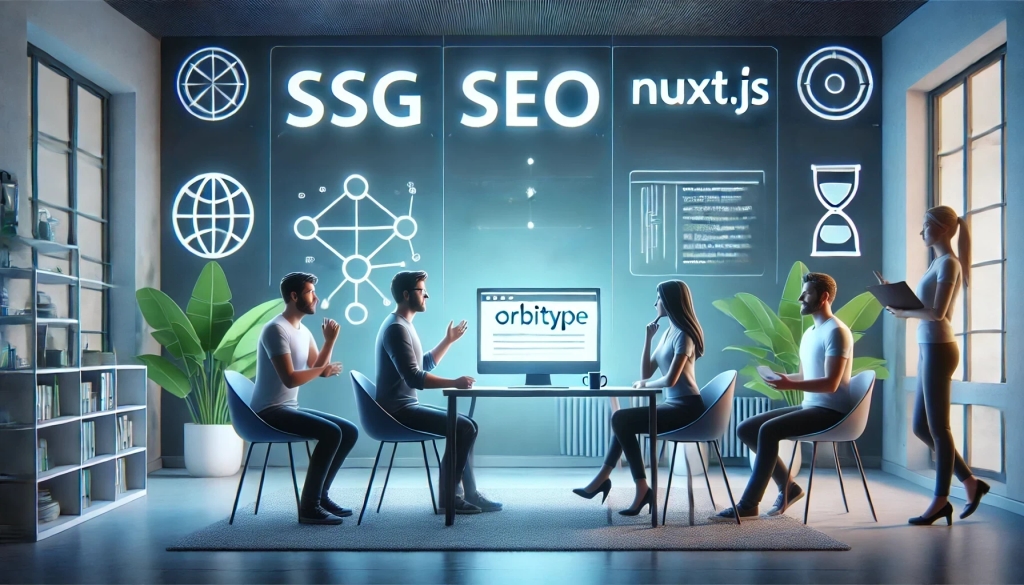
Integrating Orbitype with Nuxt.js for Optimal Performance and SEO
Leveraging Orbitype, a robust headless CMS, with Nuxt.js, a Vue.js framework, provides developers a powerful solution for building fast, SEO-optimized websites. This blog post explores how the integration of Orbitype and Nuxt.js harnesses the benefits of static site generation (SSG) and server-side rendering (SSR), thanks to Orbitype's API-driven content management system.
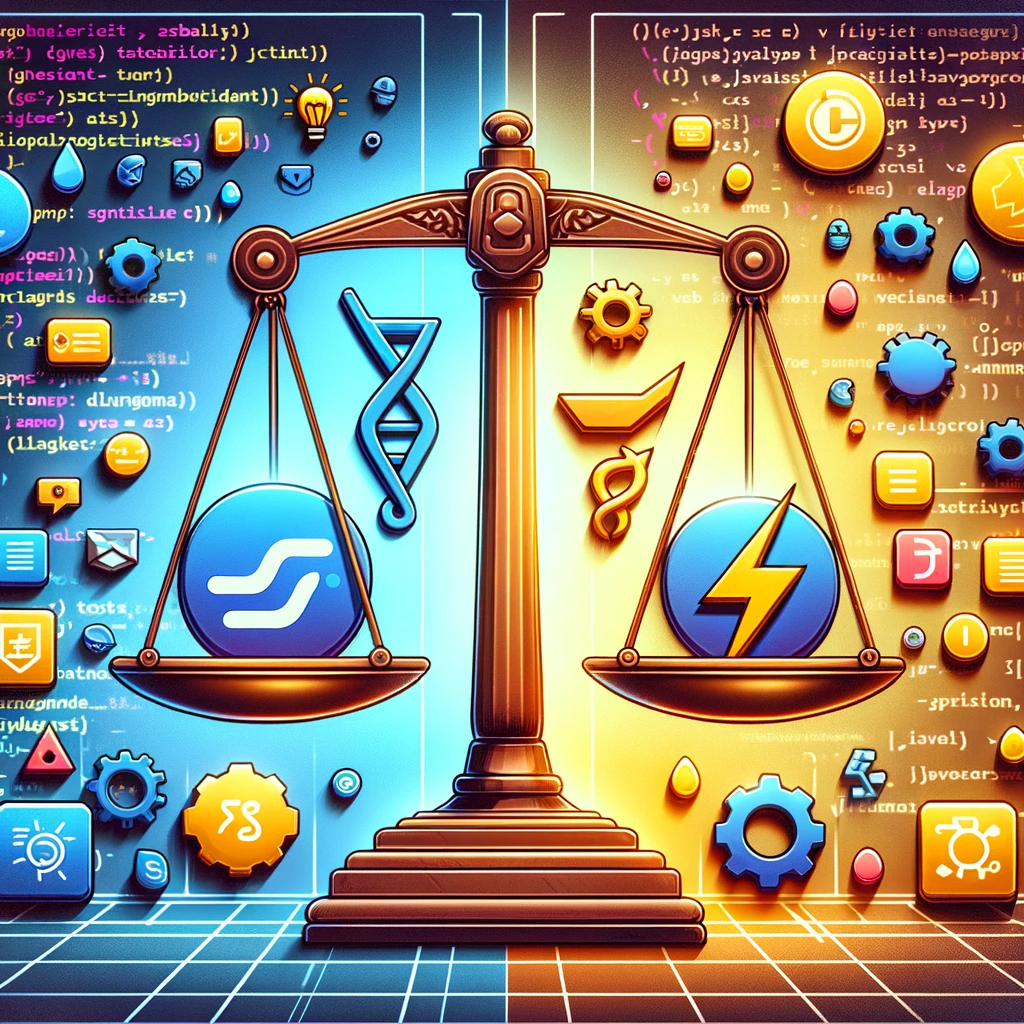
TypeScript vs. JavaScript
Discover the synergy between TypeScript and JavaScript for web development. Learn how Orbitype supports Nuxt CMS, headless CMS for Nuxt, and future-ready digital trends.
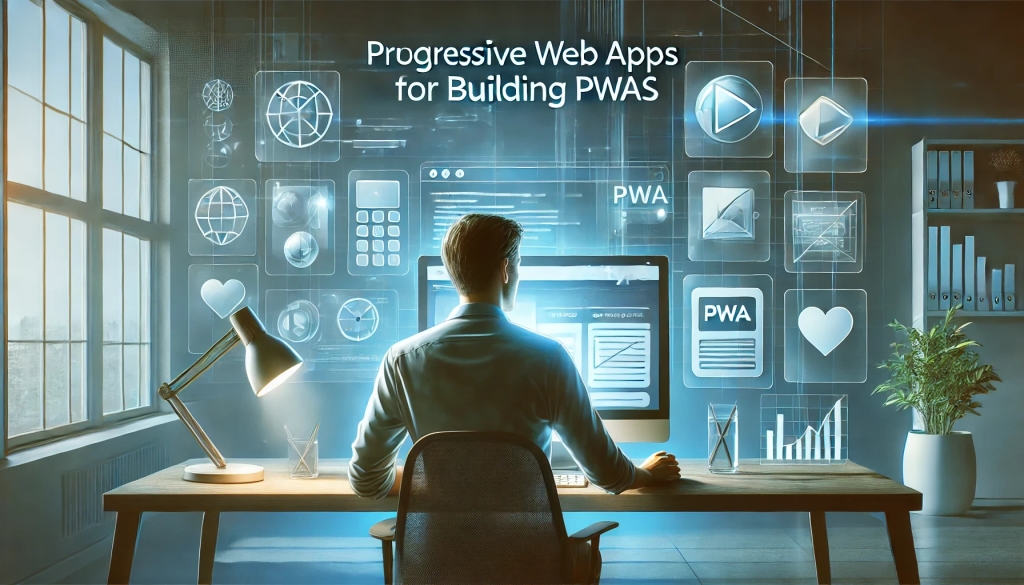
Building Progressive Web Apps (PWAs) with Orbitype
Explore how Orbitype enhances Progressive Web Apps (PWAs) with optimized performance, offline capabilities, and seamless content management for superior user experiences.
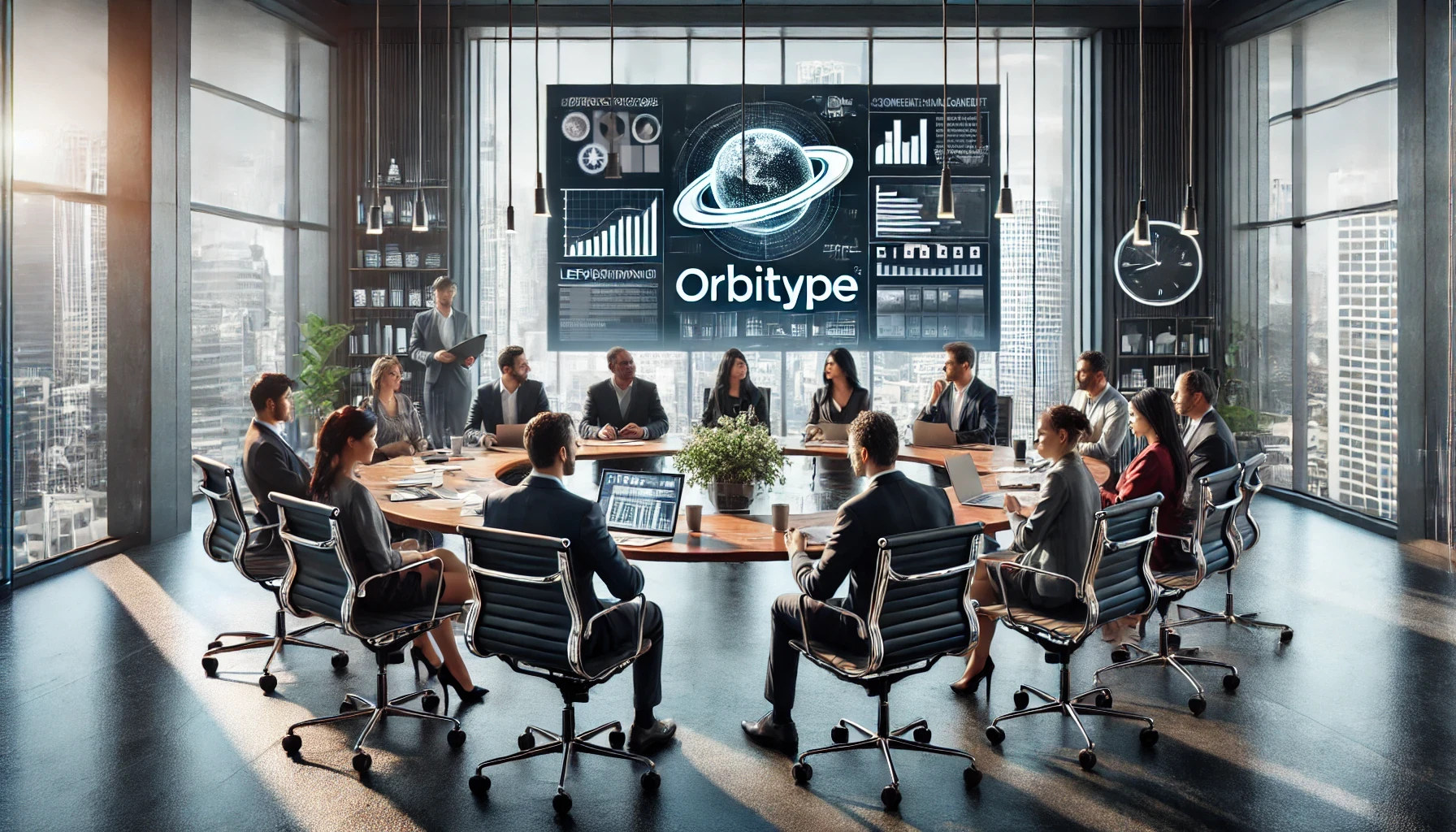
Leveraging Orbitype for Efficient Content Management in E-Commerce
nhance your e-commerce performance with Orbitype CMS. This scalable headless CMS simplifies content management, boosts SEO, and seamlessly integrates with Shopify, WooCommerce, and Magento for dynamic, flexible solutions.
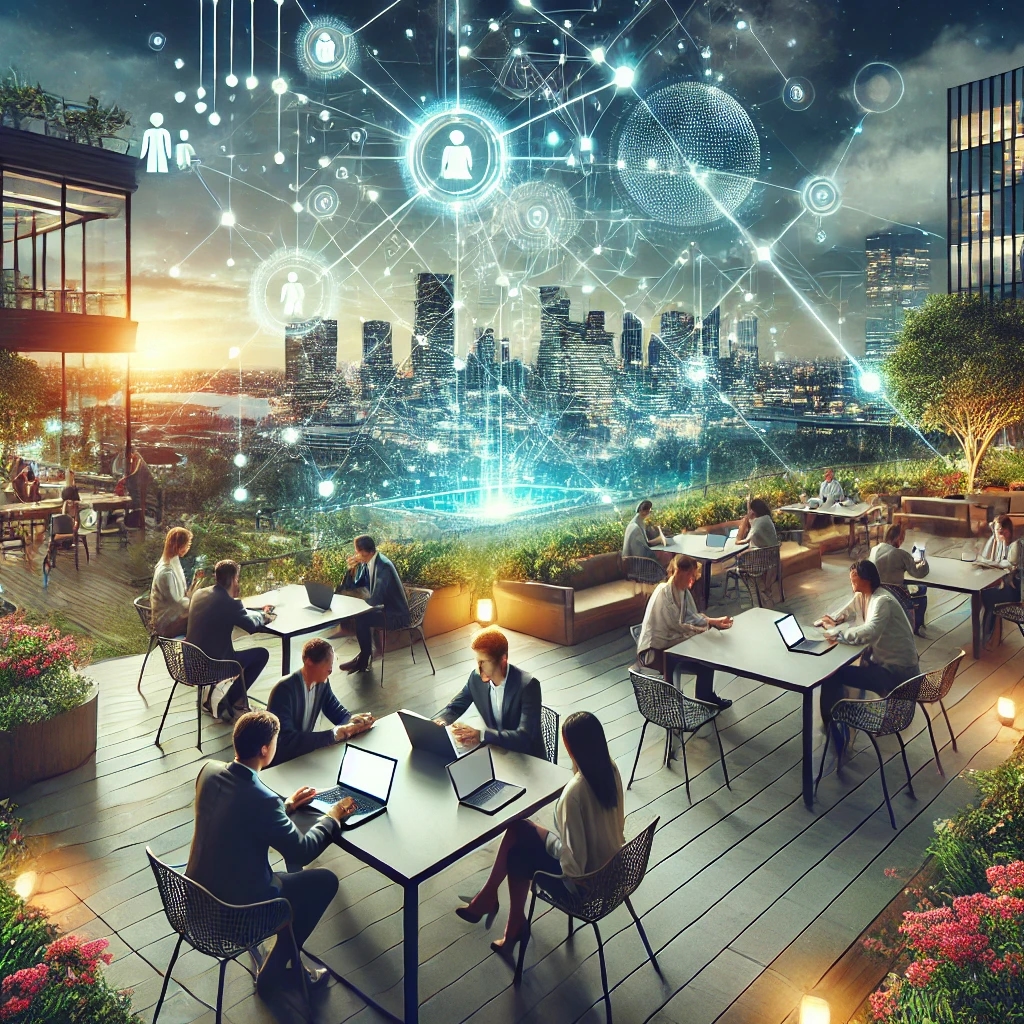
Mastering Third-Party Integrations with a Headless CMS for Efficient Workflows
Streamline workflows and scale your business with seamless third-party integrations using Orbitype's flexible headless CMS—designed for efficiency, automation, and growth.
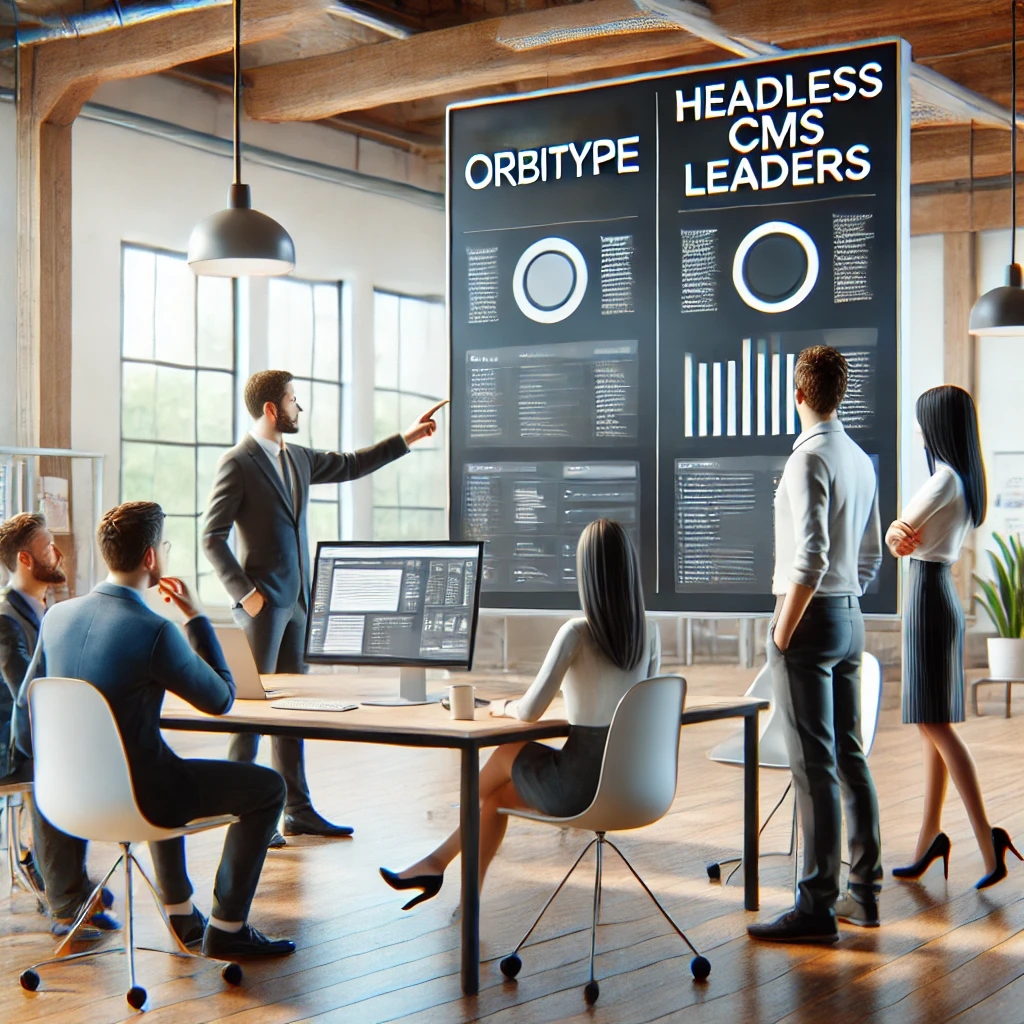
How Orbitype Compares to Headless CMS Leaders in 2025
Struggling to choose the best CMS? Discover how Orbitype compares to headless CMS leaders in 2025, solving complexity and scalability challenges with ease. Try Orbitype!
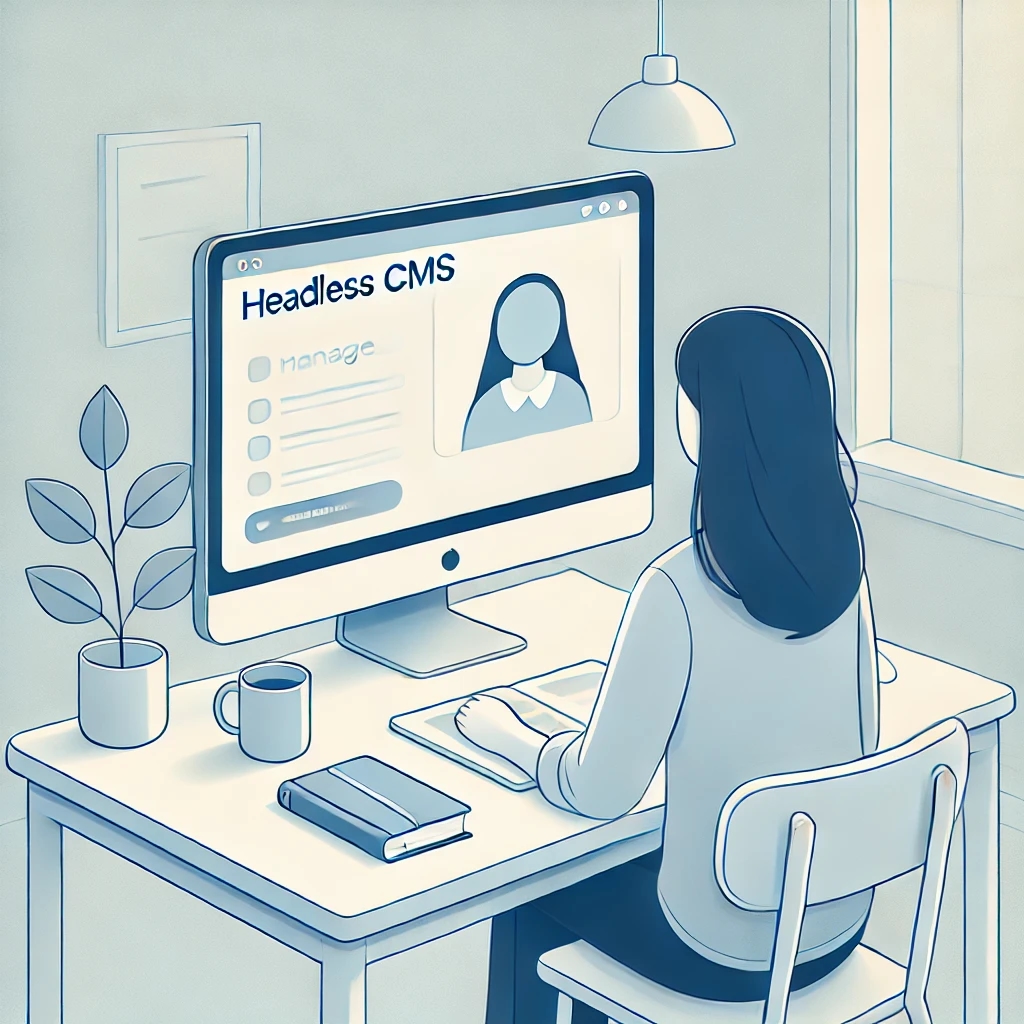
How Educational Institutions Benefit from Headless CMS for Online Learning
Enhance online learning with a Headless CMS. Discover how centralized content management, scalability, and seamless multi-channel access can transform educational platforms.
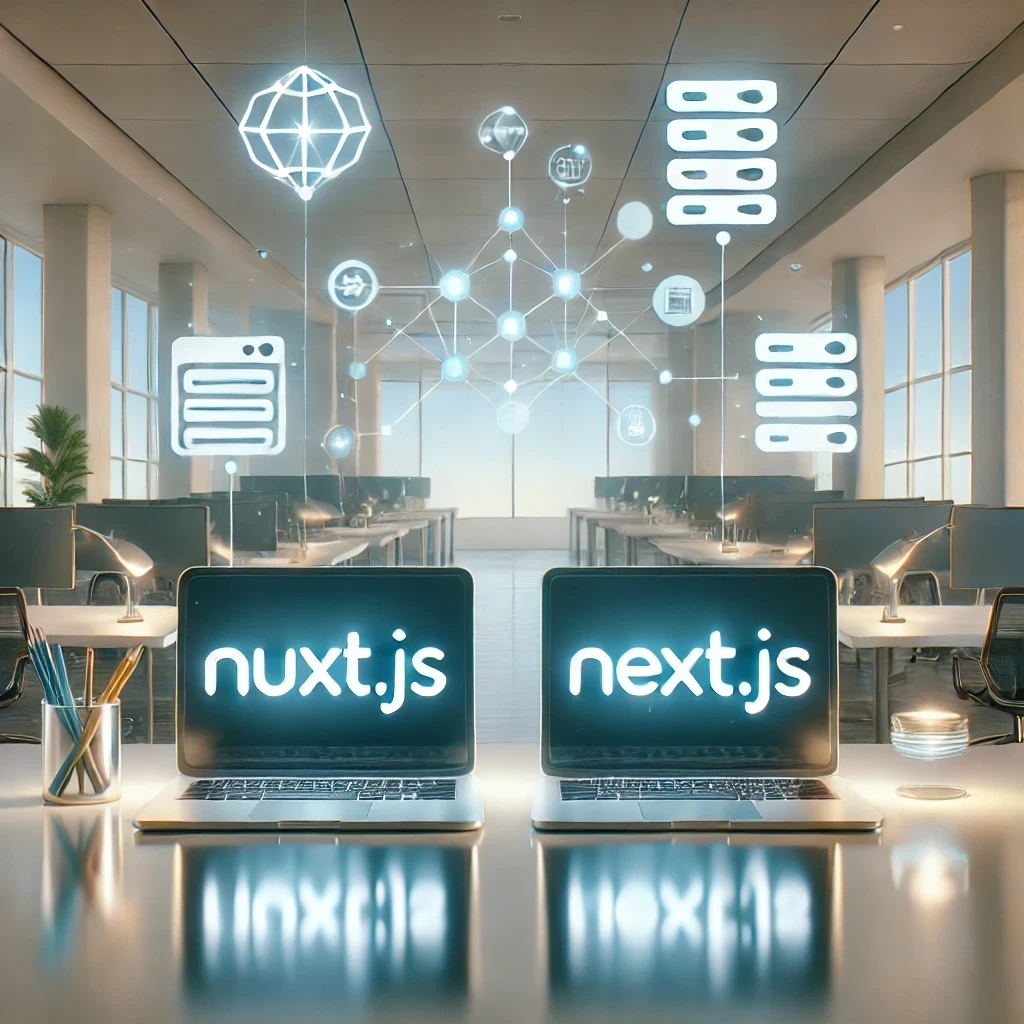
Nuxt vs Next: Which Framework Works Best with Headless CMS?
Compare Nuxt.js and Next.js to find the best frontend framework for your Headless CMS. Discover which offers better performance, scalability, and flexibility for dynamic web projects.
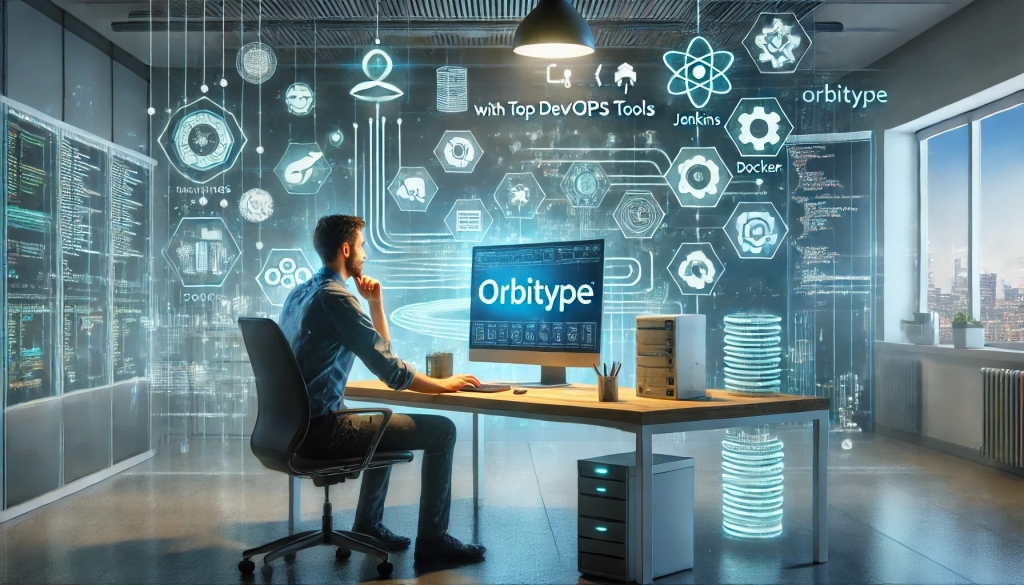
Streamlining Development: Integrating Orbitype with Top DevOps Tools
Discover how to integrate Orbitype with leading DevOps tools like Jenkins, Docker, and Kubernetes. Learn best practices for automating deployments, containerizing Orbitype, and scaling efficiently while streamlining workflows for continuous integration and delivery.
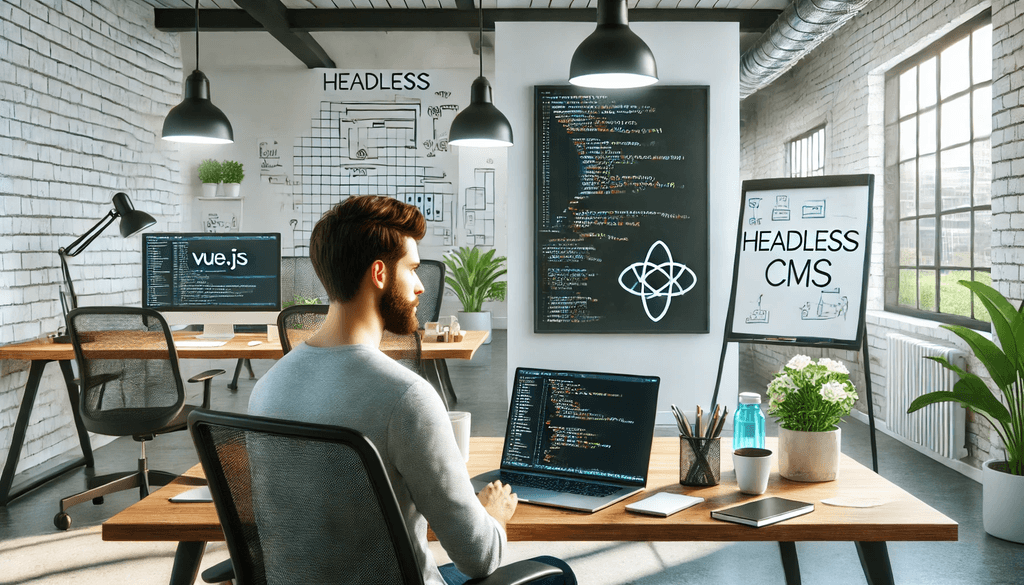
Building High-Performance Vue Apps with a Headless CMS
Discover how to optimize Vue.js apps with a Headless CMS for high performance, scalability, and SEO. Learn best practices and tools for creating dynamic web apps.

SQL or NoSQL: What's Best for Mobile Applications Using Orbitype?
Explore Orbitype, the ultimate headless CMS for React developers, offering seamless content management, enhanced performance, and flexibility to create dynamic web applications with ease. Learn how Orbitype simplifies workflows and boosts productivity.
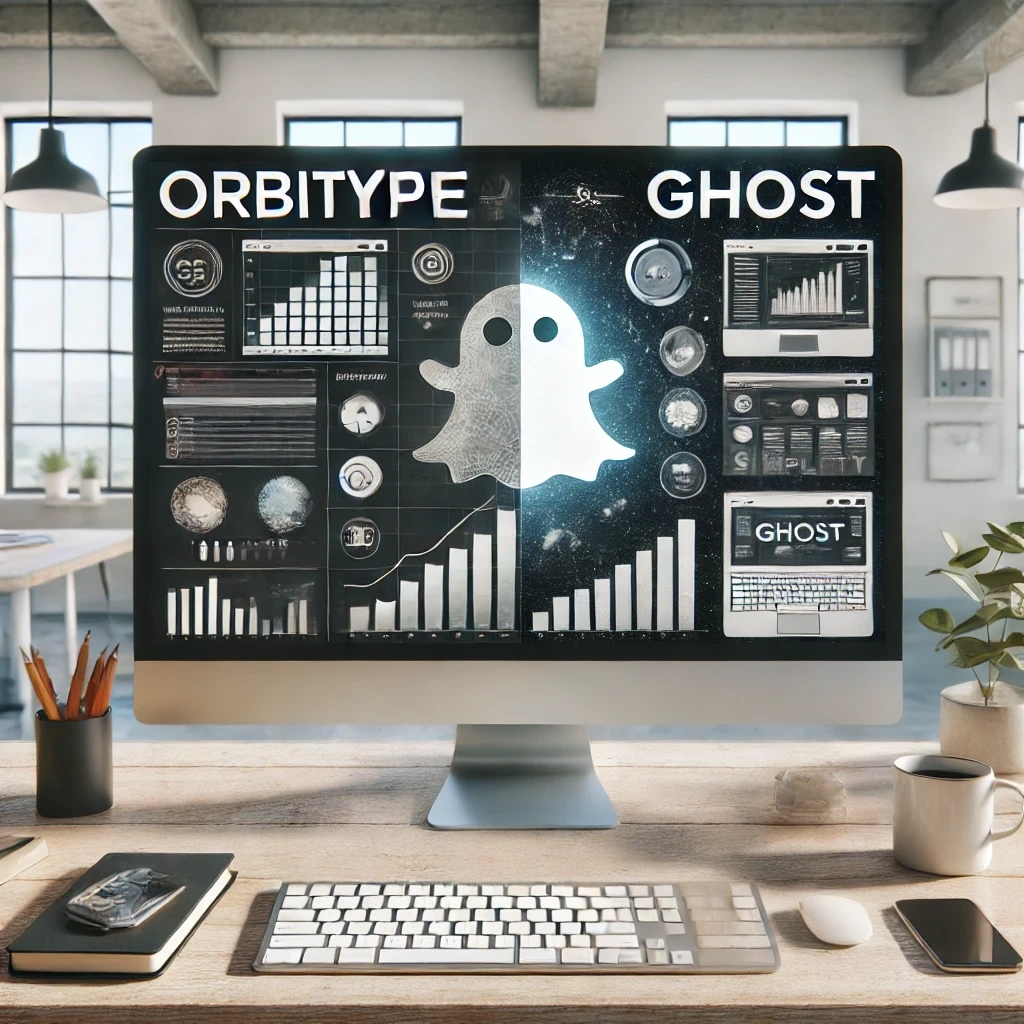
Comparing Orbitype and Ghost: Best CMS for Blogging in 2025
Compare Orbitype and Ghost to find the best CMS for blogging in 2025. Discover which platform suits your goals, from scalability to simplicity and dynamic content
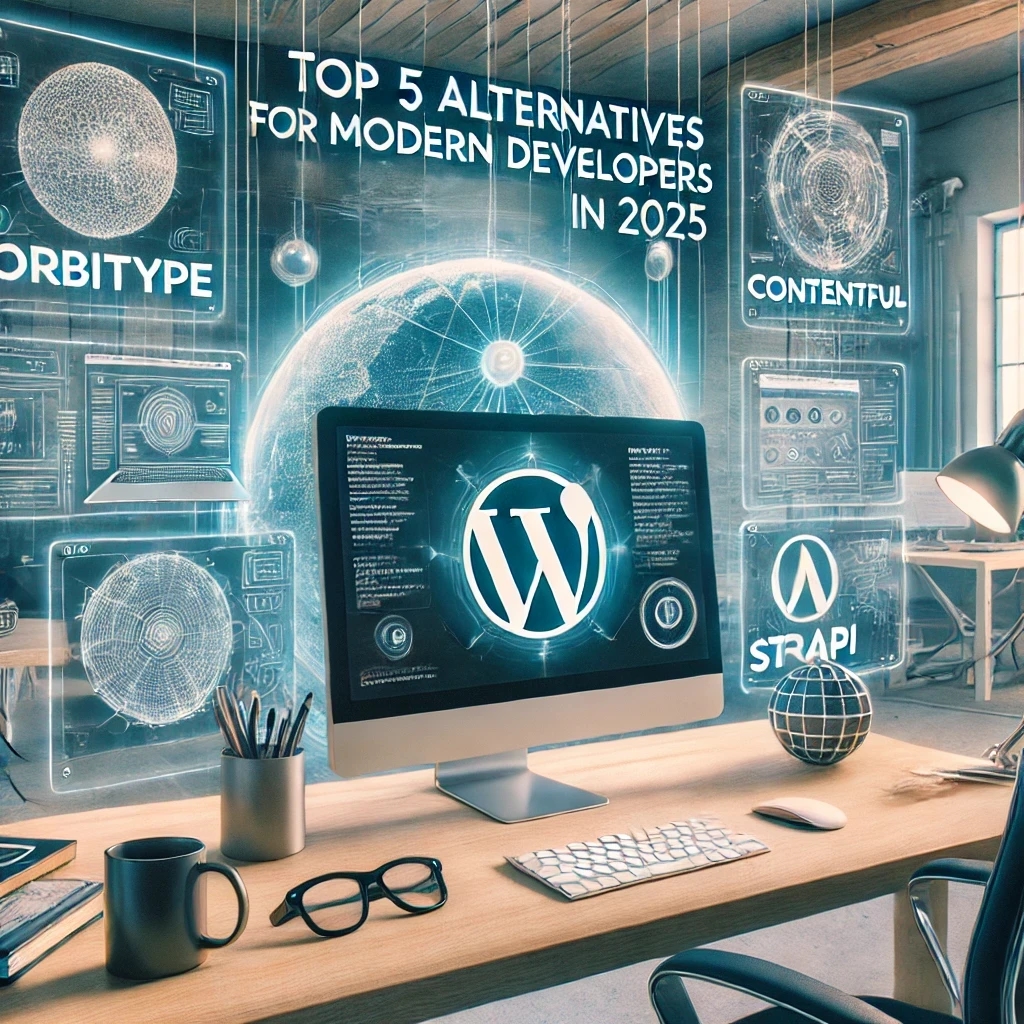
Top 5 Alternatives to WordPress for Modern Developers in 2025
Discover the top WordPress alternatives for 2025, including Orbitype, Contentful, and Strapi. Explore modern CMS platforms offering scalability, flexibility, and cutting-edge tools for developers.

Security and Compliance in Headless CMS: Focus on Orbitype
Explore headless CMS security with Orbitype: advanced authentication, data encryption, and compliance with GDPR & CCPA. Learn best practices for secure CMS operations.
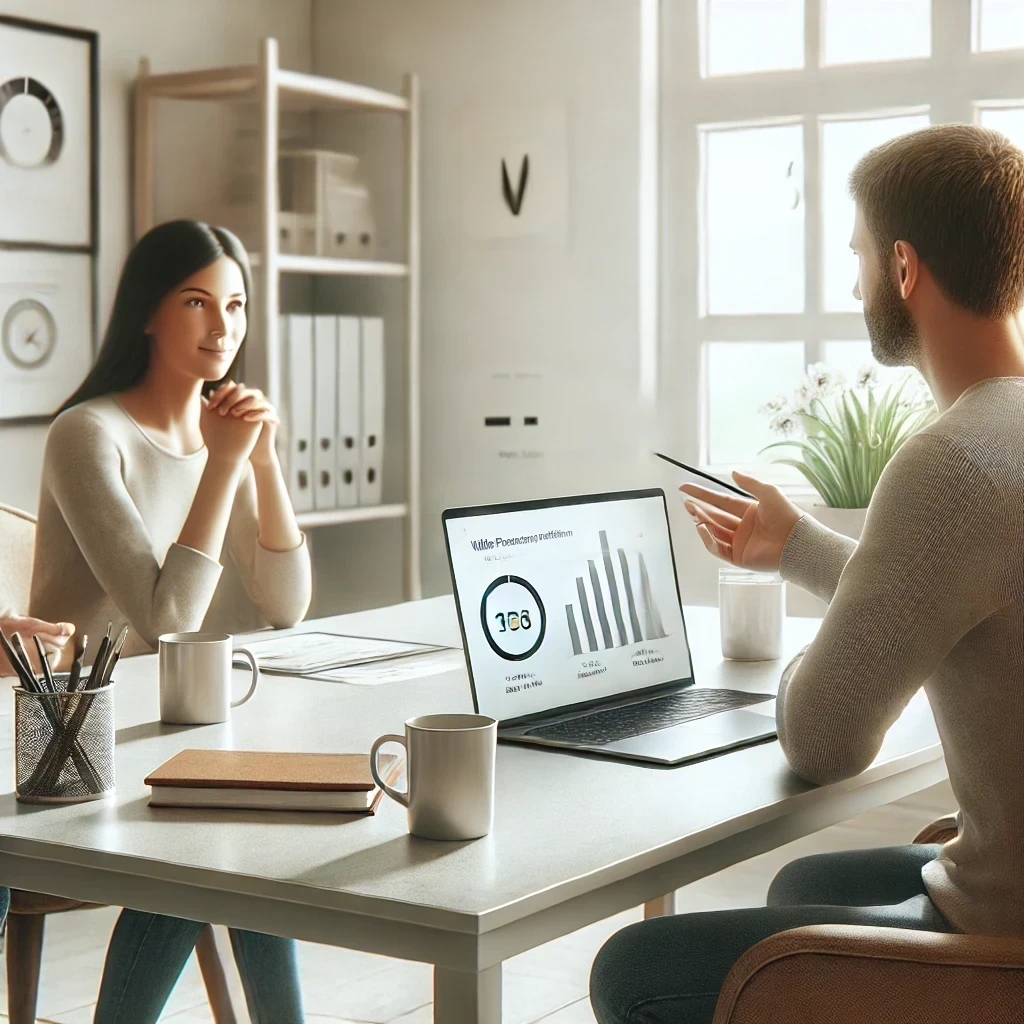
10 Tips for Optimizing Core Web Vitals in Headless CMS Websites
Discover 10 actionable tips to optimize Core Web Vitals for Headless CMS websites. Improve performance, SEO, and user experience with these essential strategies.
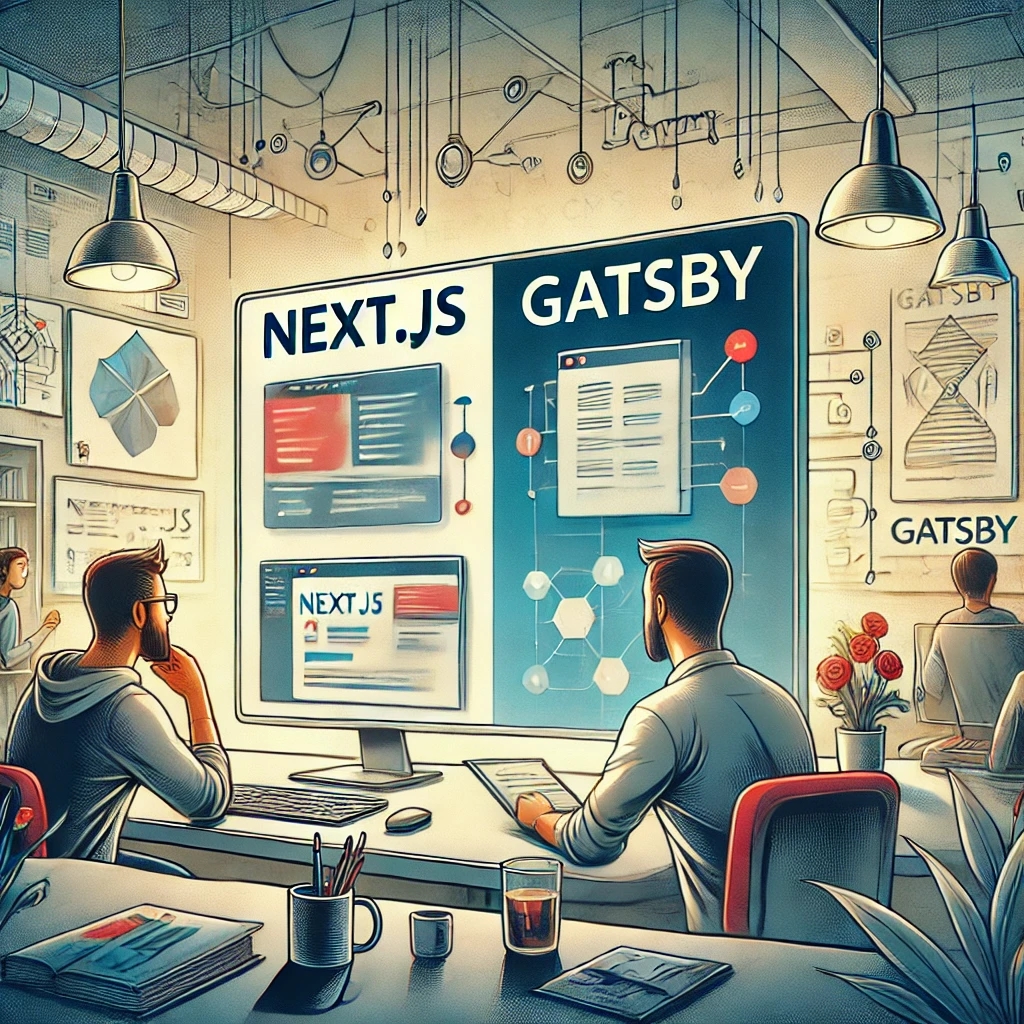
Next.js vs Gatsby: Which Works Best With a Headless CMS?
Choosing between Next.js and Gatsby can be challenging when working with a Headless CMS. This guide breaks down their strengths and helps you decide which framework works best for your dynamic or static content needs.

CMS for Vue.Js - Orbitype Headless CMS
Explore Orbitype, the best Headless CMS for Vue.js, offering seamless API integration, dynamic content management, and unmatched performance for interactive front-end development.
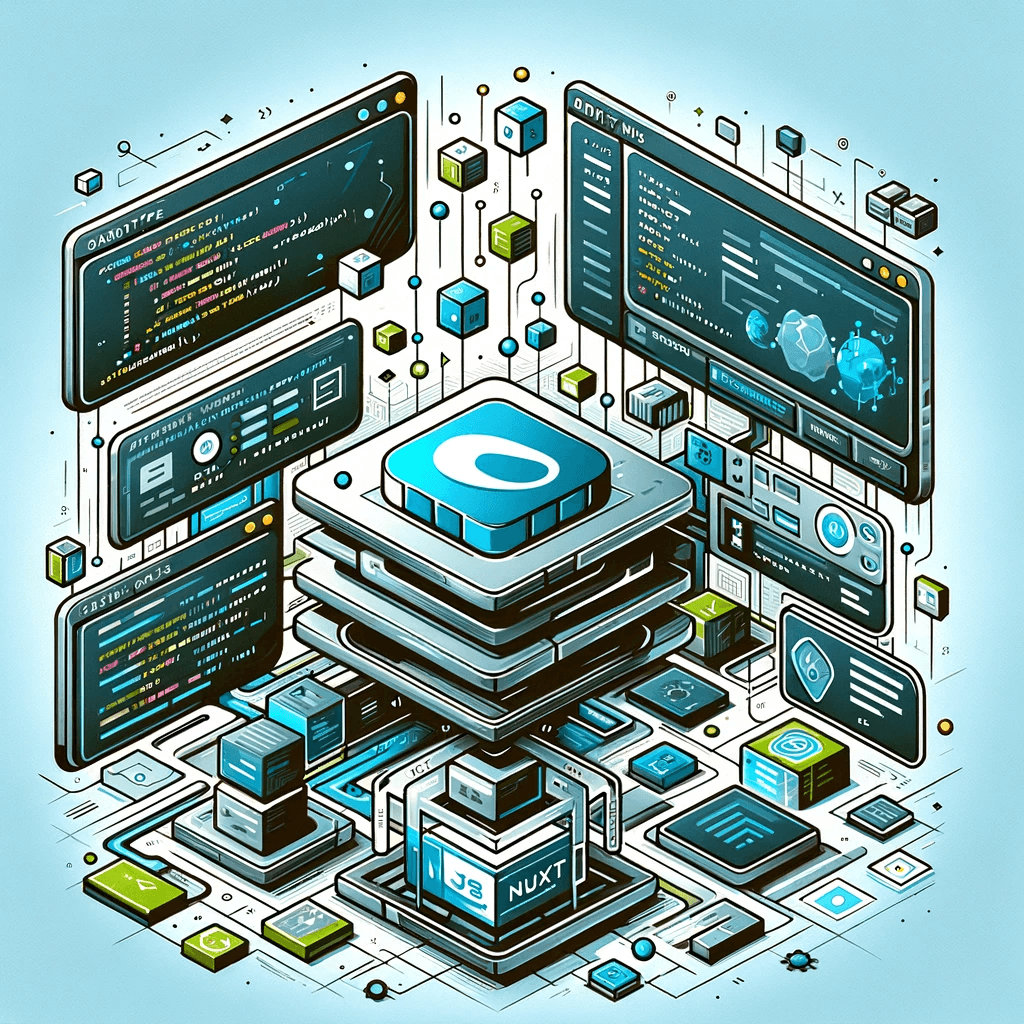
CMS for Nuxt - Orbitype Headless CMS
Optimize your Nuxt.js projects with Orbitype, the API-first Headless CMS offering scalable content management, multimedia repositories, and enhanced SEO for modern web applications.
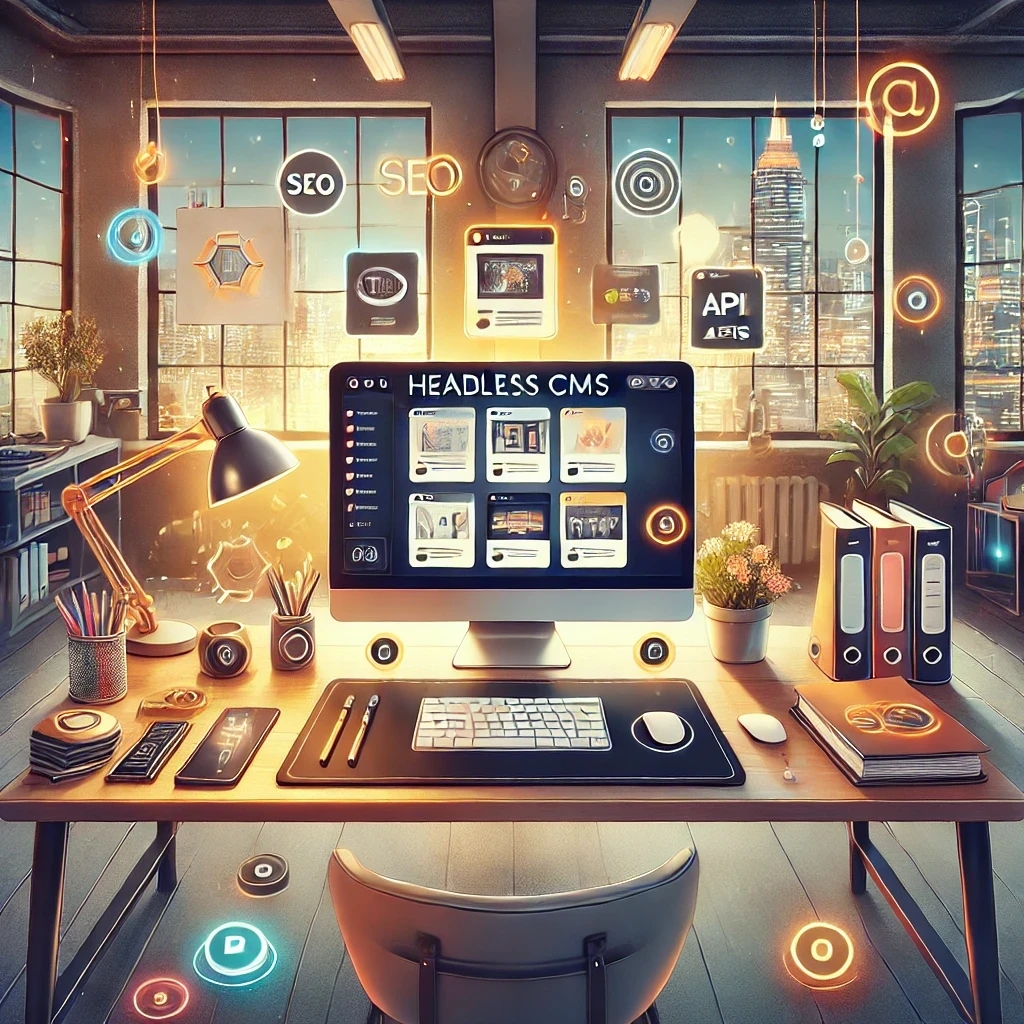
Best Headless CMS Solutions for Portfolio and Personal Websites
Showcase your work with ease using Orbitype—the ultimate Headless CMS for portfolio and personal websites. Enjoy seamless integration, powerful customization, and SEO-friendly features designed for creators and developers.
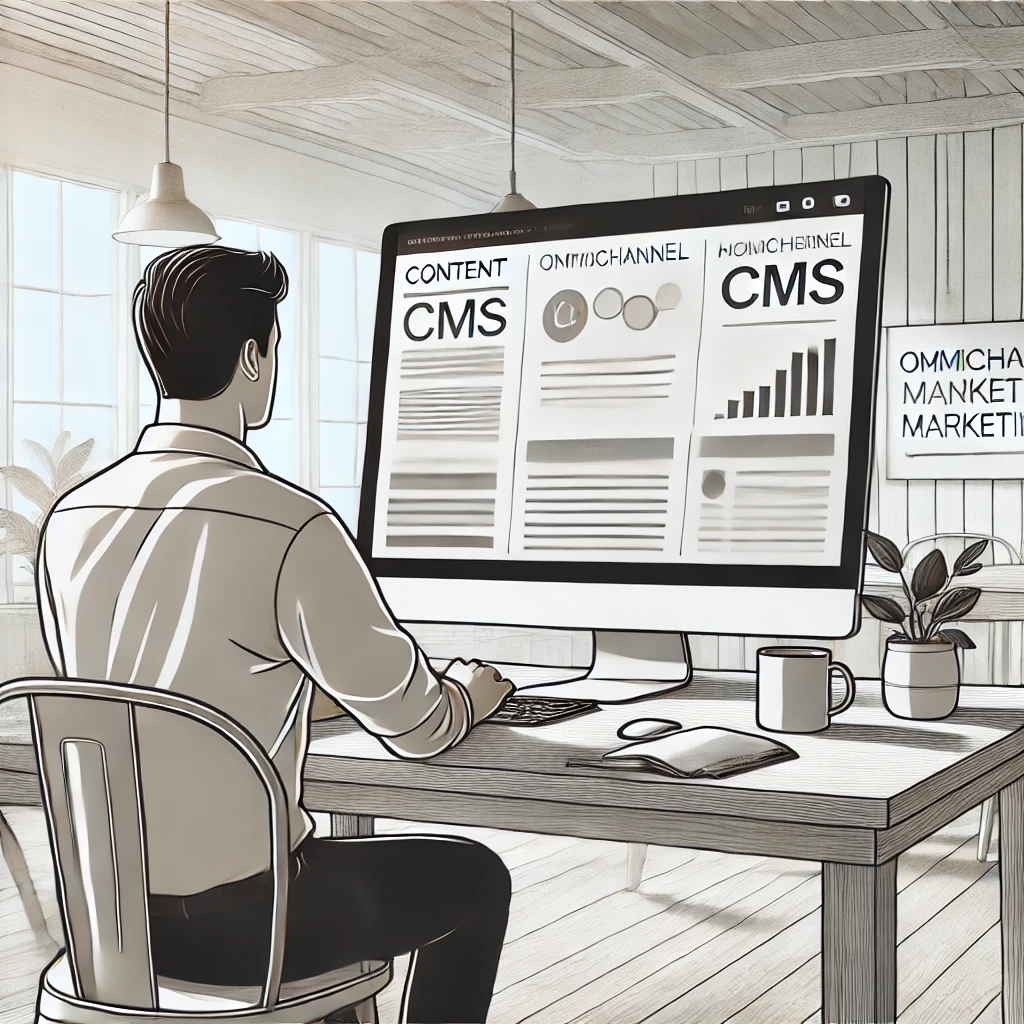
How Headless CMS Empowers Omnichannel Marketing Strategies
Boost your omnichannel marketing strategy with a Headless CMS. Centralize content management, deliver personalized customer experiences, and ensure consistency across platforms.
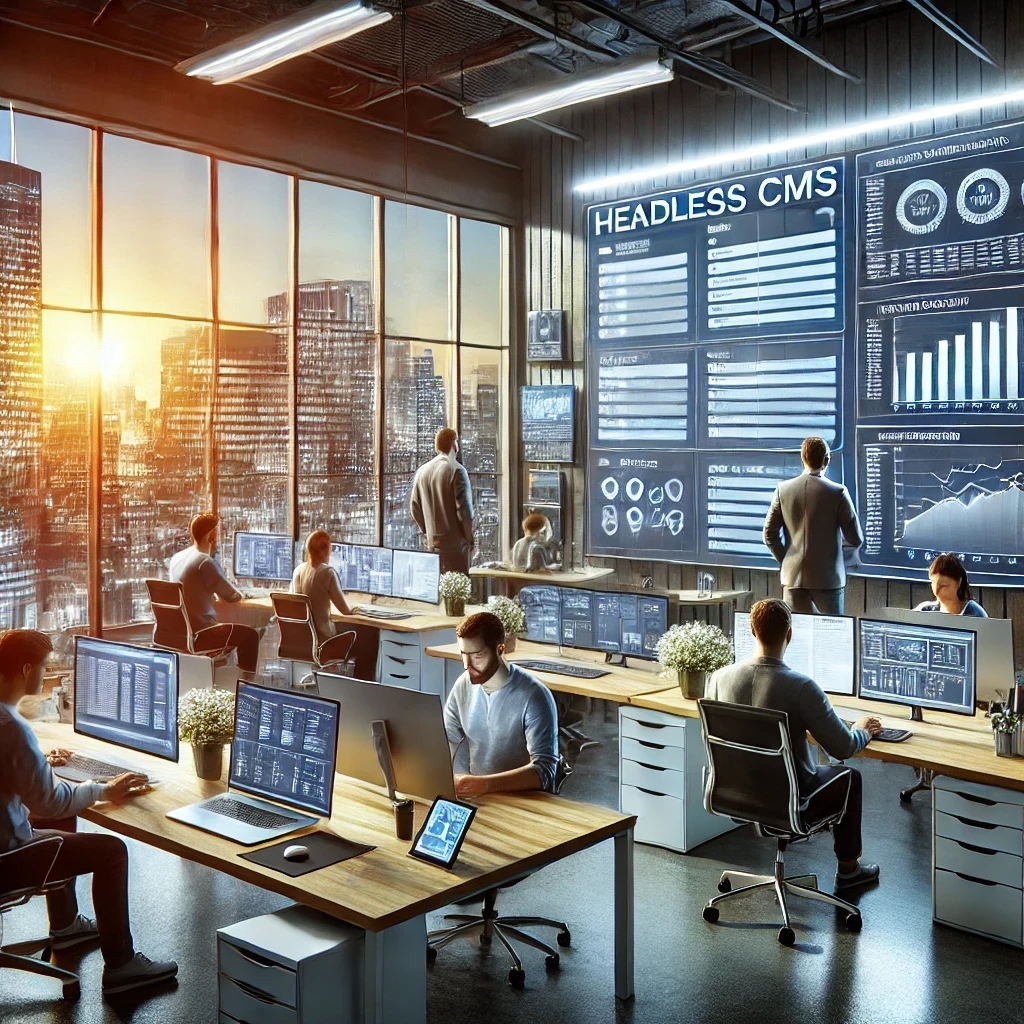
How to Scale Your Website with a Headless CMS for High Traffic
Scale your website effortlessly with a headless CMS like Orbitype—achieve faster load times, seamless scalability, and reliable performance during high-traffic surges

CMS for React - Orbitype Headless CMS
Orbitype is the ideal CMS for React developers, combining seamless API integration, flexible content management, and scalability to create fast, dynamic, and customizable web applications effortlessly.
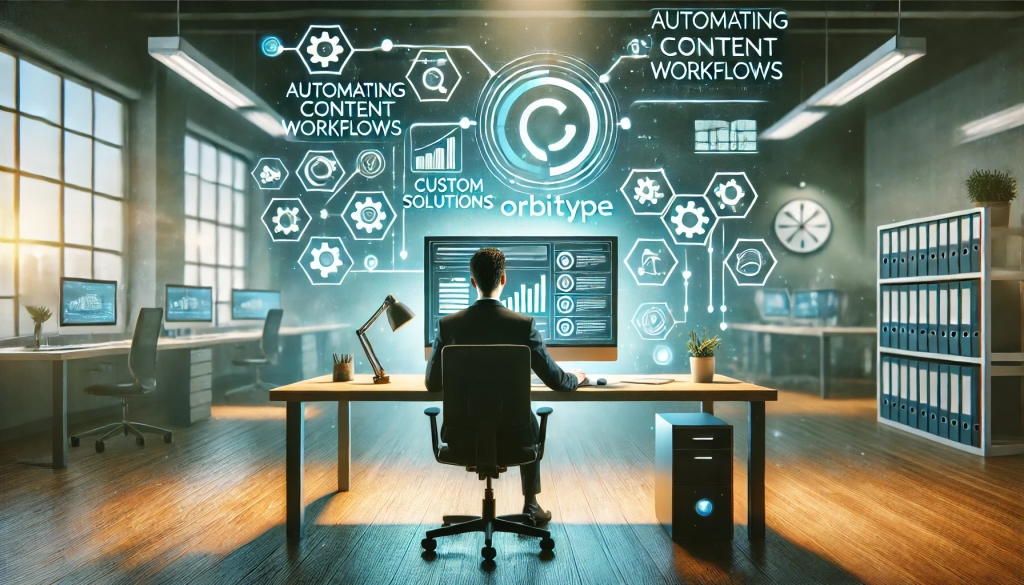
Automating Content Workflows with Orbitype’s Custom Solutions
Discover how Orbitype's custom CRM and ERP solutions revolutionize content workflows. Automate processes, reduce manual tasks, and improve productivity for software development agencies with tailored tools for seamless collaboration and efficiency.